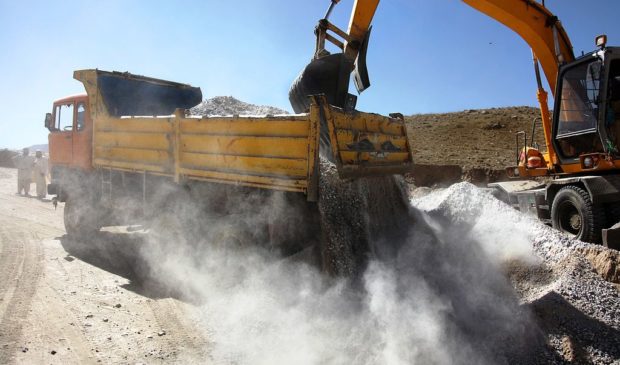Corridor Program Office still preparing road map for voter-approved roadwork
Tuesday, October 24, 2017 by
Caleb Pritchard As the first year of its eight-year timeline draws to a close, Austin’s Corridor Program Office is closing in on major milestones in its mad dash to put together the road map that will guide the voter-approved overhaul of several of the city’s major roadways.
Staff have scheduled a pair of open houses at which residents will be able to weigh in on the fast-tracked studies of William Cannon Drive and Slaughter Lane. Once that effort is finalized – a matter of “weeks,” according to corridor program head Mike Trimble – any recommended improvement projects from the studies will compete against recommendations from other corridor studies for helpings from the $482 million in bond money voters signed off on last November.
City officials have estimated that funding every project proposed in the studies of North Lamar Boulevard, Burnet Road, Airport Boulevard, South Lamar Boulevard, Guadalupe Street, FM 969 and East Riverside Drive would cost just short of $2 billion. Trimble told City Council at its Oct. 10 work session that his office has developed a prioritization model to sort out which projects are worthy of this round of spending.
“We tried to adhere to the contract with voters as much as possible,” Trimble explained, referencing the resolution Council passed before last year’s election that directed the city manager to spend the bond money to reduce congestion, improve the level of service at intersections, enhance connectivity and benefit transit operations. The resolution also called for the preservation of affordable housing and local businesses, the creation of new affordable and mixed-income housing and the promotion of healthy, equitable, walkable neighborhoods.
The prioritization model utilizes each of those individual promises as an indicator with its own metric. For example, the congestion relief indicator is measured by how the proposed improvement increases how many more people per hour could move across a given corridor.
“It includes vehicles, of course, but also starts to look at people moving through the corridor across the several modes we’re talking about, whether it’s pedestrians, bike, transit or vehicular,” Trimble said.
He explained that the scores of each proposed project will be added to its estimated cost. Lower-cost investments with higher ranks will likely receive priority consideration.
Trimble said his team will use the prioritization model to put together the Corridor Construction Program, the ultimate blueprint for the corridor work. That document will likely be ready for Council approval by late February or early March, but the public could get a look at the preliminary proposal several weeks before that.
Construction won’t immediately commence upon Council’s approval of the program. Trimble explained that the finalized list of projects will still have to undergo a design phase. Once that step is finished, he estimated that his team would have six and a half years left in the eight-year timeline imposed by Council to get the corridor work done.
“This is a massive project management deal,” Mayor Steve Adler told Trimble after his presentation. He mused on the critics who claimed the work would be too much for the city to undertake within the eight-year window.
“I think you have set a path where this can happen,” Adler said. “And I think the work has been tremendous.”
This story has been updated to include FM 969 in the list of corridor projects that would cost $2 billion to complete.
Photo by Teddy Wade, U.S. Army [Public domain], via Wikimedia Commons.
The Austin Monitor’s work is made possible by donations from the community. Though our reporting covers donors from time to time, we are careful to keep business and editorial efforts separate while maintaining transparency. A complete list of donors is available here, and our code of ethics is explained here.
You're a community leader
And we’re honored you look to us for serious, in-depth news. You know a strong community needs local and dedicated watchdog reporting. We’re here for you and that won’t change. Now will you take the powerful next step and support our nonprofit news organization?






